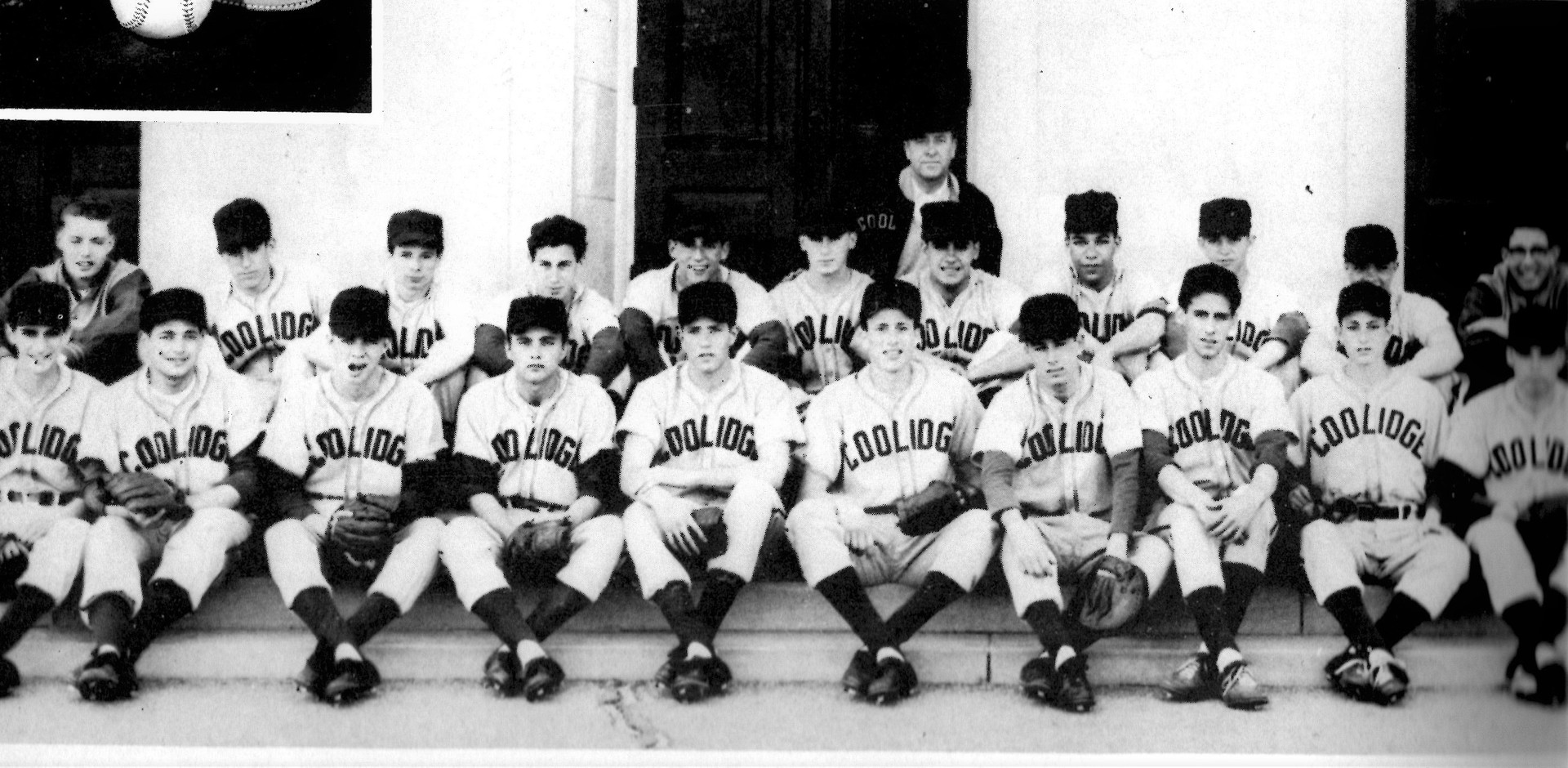Hugh Price and his family fought for him to be one of the first Black students at his all-white high school in Washington, D.C. But once he was there, he “couldn’t wait for it to be over.” Price, pictured in the top row, fourth from the right, on the baseball team at Coolidge his senior year. Price, pictured in the top row, fourth from the right, on the baseball team at Coolidge High during his senior year. (Courtesy of Hugh Price) Editor’s Note: This is the first story in The Firsts , a five-part series about the children who desegregated America’s schools. Hugh Price can recall only a few exceptions to the rigid segregation of the city he was born into on November 22, 1941. One was right down the street. Raymond Elementary was a long, red rectangle of a building that was a short walk from his home on New Hampshire Avenue, in Washington, D.C. Price always looked forward to participating in the after-school parks-and-recreation program there. But Raymond was an all-white school, so he could not attend during the day. Instead, he went to Blanche K. Bruce Elementary, the school for Black students not far away. Sitting […]


Add a comment






